Slowtwitch Mailbag – 4
For the Slowtwitch Mailbag this week, we’ll cover two new questions – both about bikes. If you’d like to submit a triathlon-related question to our mailbag, send an email to: Mailbag (at) Slowtwitch (dot) com.
We will publish Mailbag responses every 1-2 weeks.
—
Aaron asks, “I've been told certain parts of a component groupset (cassette, crankset, rear derailleur, front derailleur) are compatible/interchangeable between SRAM and Shimano. Is this also true for Campagnolo? Do all tiers of components work with all other tiers? And why is it that the ‘brifters’ of any brand are not compatible with other brands of rear or front derailleurs? Do SRAM Yaw front derailleurs work well with non-SRAM chainrings? The questions seem endless. I am building up a new roadie on a budget and need some light shed onto the inexact science of groupset compatibility.”
[Editor’s note: ‘brifter’ is the slang term for the shifters used on drop-bar-equipped road bikes. It’s a combination of ‘brake lever’ and ‘shifter’.]
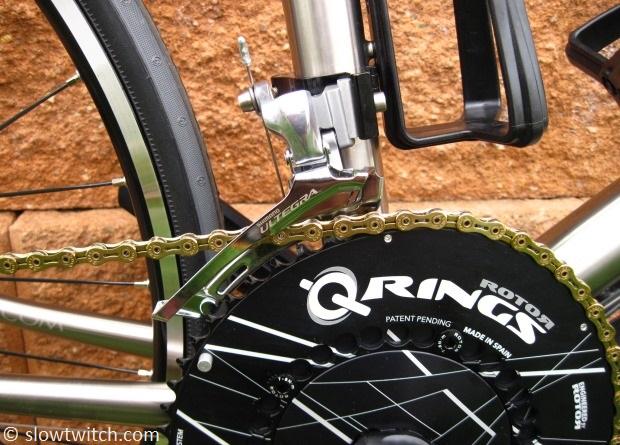
Holy loaded question, Batman! There’s a lot going on. I’ll do my best to sift through the mess for you. We will focus on mechanical (not electronic) systems for today.
The first, most important point I can make is this: You will have the highest probability of compatibility if you use a ‘pure’ system from a single manufacturer. There are some reasons for straying from this, such as price reduction, lighter weight, improved aerodynamic performance, etc. Sometimes I see folks getting a little carried away, however. They want to use the lightest or craziest boutique parts, and can’t seem to figure out why their bike doesn’t shift as well as it used to. Well, you’re using an aftermarket bottom bracket, crank, carbon chainrings, a different brand of chain, ultra-light cable housing, and – you get the point.
Some, but not all, parts are compatible between brands. For the most part, Shimano is seen as the ‘standard’, because they’re the largest components manufacturer with the highest sales volume. Historically, SRAM has adhered to Shimano standards such as freehub spline pattern, cassette spacing, cable housing size, and crankset tab thickness. With 9 and 10-speed systems, you can swap chains, cassettes, cranks, sometimes front derailleurs between Shimano and SRAM (FD swapping works best when using a friction-style bar-end shifter). Campagnolo systems typically require that you use Campagnolo parts. You can get away with some changes, but in my experience, you’re at more of a risk for something working less-than-perfect.

The key thing that you must get right is that your shifters and rear derailleur MUST play nice together – meaning that they should be of the same brand. You can’t use a SRAM shifter with a Shimano rear derailleur… or a Campagnolo shifter with a SRAM rear derailleur. The reason is that the right shifter pulls a specific amount of cable for that brand’s derailleur. A Shimano shifter won’t pull the cable the right amount to actuate a shift on a SRAM rear derailleur. Yes, nit-pickers, there are some add-on cable-pull devices that can make some of these mish-mash setups work, but I generally don’t recommend them. Front derailleurs are a little more open with bar-ends, as mentioned above. If you use a non-brand FD with a road drop bar shifter (brifter), your trim points might not be set properly – again due to cable pull.
“Do all tiers of components work with all other tiers?”
-Usually, but not always. For example, you can use an Ultegra 6700 front derailleur with an otherwise Dura Ace 7900 system. Both are Shimano, both are 10-speed, and it will work great. However, I would not try to use an Ultegra 6700 front derailleur with a Dura Ace 9000 system; one is 10-speed, the other is 11-speed, the chainrings are different, and the systems are generally dissimilar. If the different tiers of components from the same manufacturer have the same number of rear cogs, you’re usually okay to mix parts.
“Do SRAM Yaw front derailleurs work well with non-SRAM chainrings?”
-I have not personally tried that combination. SRAM says that their 2012+ Red chainrings must mate to their Yaw front derailleur, and that lower tiers (such as Force and Rival) must have the non-Yaw front derailleur. You’ll find that most manufacturers only guarantee performance when you follow their specifications. You must also define what ‘works well’ means to you. I’ve seen some setups on other people’s bikes that they say, ‘Oh, it shifts fine’, and I personally wouldn’t trust it for race day. It’s all in the eye of the beholder.
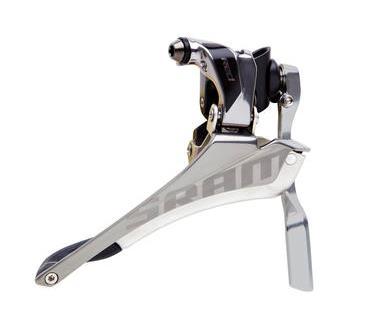
Specific to SRAM Yaw, I would follow their advice and use that derailleur when using the new 2012+ redesigned Red 10-speed road shifter that does not feature a trim function. If I was using a Force, Rival, or other carryover-design road shifter, I’d use the corresponding non-Yaw front derailleur. If shifting suffers, it could be due to several things – poor setup, an off-brand or incorrectly installed chain, weak frame braze-on, etc. If I was using a different crankset and/or chainrings (i.e. FSA, Cannondale, Rotor, etc), I’d probably just try whatever derailleur is cheaper or more readily available, and be prepared to buy something else if it didn’t work to my satisfaction.
Last, I’ll cover a few very general rules of thumb that I’ve developed over the years when dealing with mixed components and/or budget builds:
1. In general I see the best performance on mixed drivetrains with Shimano, KMC, and Campagnolo chains. If the shifters are Campy, I use a Campy chain. If the shifters are Shimano or SRAM, I use a KMC or Shimano chain. Just be sure to match up the chain’s width with the number of cogs on the bike (chains will be listed as ‘9-speed’, ’10-speed’, and so on). I don’t know exactly what it is, but these chains seem to work best when other things get odd – chainring type or shape, crank brand, cassette brand or size, and so on.
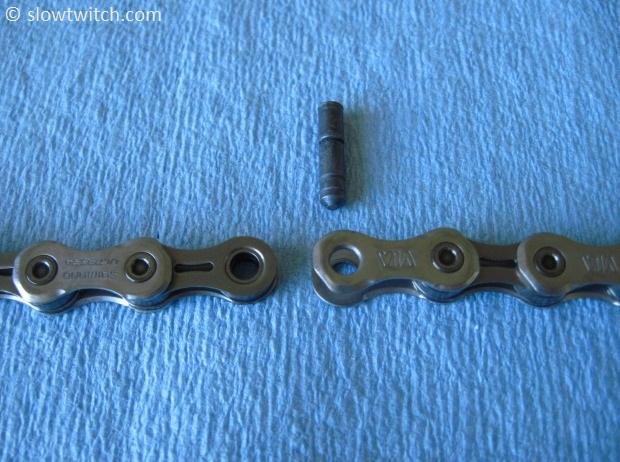
2. Don’t skimp on cables and housing – and replace them when needed. There are a lot of different types out there, but it’s hard to go wrong with a stainless cable and quality standard housing (i.e. Jagwire L3, SRAM, Shimano). I am a huge fan of the Gore Ride On lined cable system, and was heartbroken to see it completely discontinued at the end of last year.
3. Brake pads can make a huge difference in brake performance; a cheap caliper can brake as good as something twice the price with the right pad. For tri bikes with proprietary brakes, this is huge , along with brake lever choice. So far, my favorite pads for alloy rims are the standard Kool Stop black (NOT their carbon pad), and Shimano Dura Ace. The Kool Stop salmon-colored pad is great when you know it’s going to be wet out, but I’ve found them too abrasive for dry riding – at least when paired with a less-than-robust frame or fork. For carbon rims, I like Swiss Stop yellow, Shimano blue, and the Zipp Tangente Platinum pad. Of course, we must mention that you should always follow your wheel manufacturer’s recommendations for the best guarantee of safety.
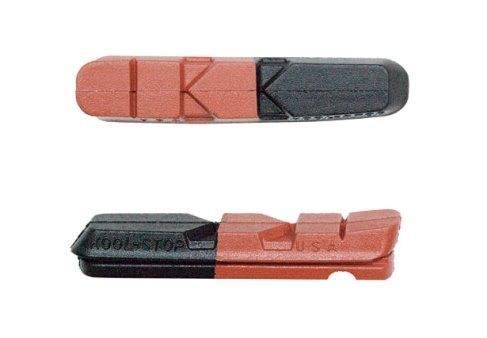
4. Most budget builds can be made to function well if you get the basics right:
-Chain and brake pad choice, as mentioned above
-Rear derailleur hanger is straight and bolted on tight
-Skewers are snug and the wheels are straight in the dropouts
-Chain is in good condition and of proper length
-Derailleur limits and cable tension are set properly
-Cables and housings are replaced at reasonable intervals
-Cassette and chainrings are replaced more frequently than the paint on your house (meaning more frequently than ‘never’)
-Chain gets cleaned and lubed regularly
—
Brandon asks, “I hear a lot about rolling weight on the tires of my bike, specifically I would have an advantage with lighter tires [I currently have Continental Gatorskins for my Cervelo P2] because my current tires have a lot more rolling weight/resistance. Could you explain the difference between ‘rolling weight’ on the tire versus weight of a stationary item on the bike, like resistance from a heavier water bottle cage or seat?”
To begin, we need to clear up some terminology. First, we have the weight of you and your bike. We could call this static weight, dead weight, or just ‘weight’. Next, you mention ‘rolling weight’. Let’s be a little more accurate and call that ‘rotating weight’. This is anything on the bike that spins – wheels, tires, tubes, cranks, pedals, and so on. Finally, there is rolling resistance which has nothing to do with weight. Rolling resistance refers to the energy cost of your tires and tubes to simply roll down the road. You put energy into the tire as it rolls over the ground, deforms, and comes back to shape. This ‘smashing’ of the tire and tube material constantly costs energy, similar to aerodynamic drag on your body and bike.
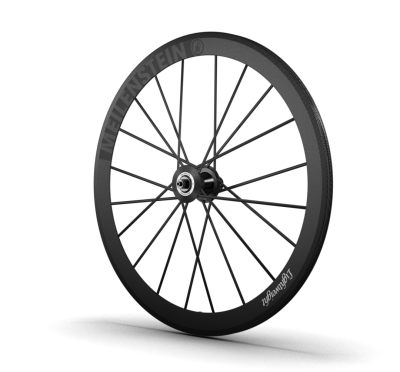
It sounds like you’re most interested to hear about the difference between static weight and rotating weight. For many years, it has been ‘common knowledge’ that rotating weight has a different effect on bicycle speed than static weight. Logic tells us that less rotating weight means quicker acceleration – so we should all go buy the lightest wheels and tires possible. Right?
For a little bit more information, I went to Josh Poertner, Technical Director for Zipp. Josh writes,
“We have some complicated models that we use, but I’m guessing it’s a little much for your column. There are really two factors at play here. One is the effect of rotational inertia on acceleration, and the second is the effect of micro-accelerations on overall speed for a given power.
Of first note, rolling mass is an order of magnitude less important than mass, but it is important to remember that they are inter-related. The old adage that rotating weight is twice as important as static weight is really more accurately thought of as rolling weight is 1.1 times as important as static weight. Also of note is that once rolling, bicycle accelerations are very low, so while those super light wheels feel amazing in the parking lot, that parking lot or stoplight acceleration is likely the highest rate of acceleration you'll see during the whole ride; the rest of the ride will be dominated by aero factors. We have done physics modeling around [Mark] Cavendish and found that even if you model the rim weight at zero, the improvement gained due to inertial effects during peak acceleration is a fraction of the gain found [by changing wheel choice for aerodynamic purposes].
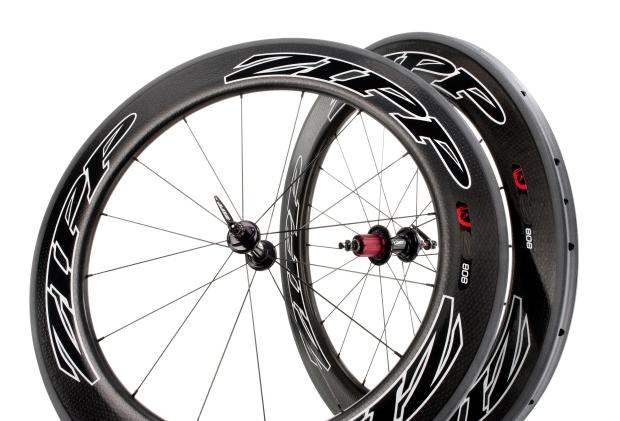
Secondly, the effects of micro-acceleration. Generally, low inertia wheels increase the amplitude of the oscillations, which has the effect of mildly reducing overall speed – though if you look at the numbers, the effect is quite small when comparing between realistic rolling mass percentages. In general, the models show 2-3% lower velocities when including this realistic pedaling model over a constant force version, but that is when compared to a model that assumes power as a pure horizontal line. When comparing just rolling mass within this realistic power model, we see that very large rolling mass percentages lead to very minute average velocity changes.
The takeaway here is that for identical total mass, the lower rolling mass situations will have higher oscillations and be slightly slower, though by an amount that is more or less immeasurable in the real world. Of course, the caveat here is that for the purpose of these models, the total mass is kept the same while the percentage of rolling mass is varied to highlight the difference. In reality, the total mass will move in the same direction as the rotating mass, so lighter wheels will reduce mass and reduce rolling weight at the same time. If we put realistic values into the model for real world wheels, we see that this micro-acceleration effect serves to slightly diminish the advantage [of the lighter wheels’ effect on total mass], but is nowhere near enough to offset it. Another interesting aspect of this is that riders with rounder, more perfect, pedal strokes will benefit more (or be penalized less) by this effect…so maybe the most important takeaway is to work on that pedal stroke!”
To simplify what Josh said – yes, the total mass of the bike + rider matters. A reduction in rolling mass means that you get slightly better acceleration from a stop, but that the wheels also accelerate and decelerate more as you pedal along at a 'steady' velocity. The smoother your pedal stroke is, the less you will be penalized by these micro accelerations and decelerations.



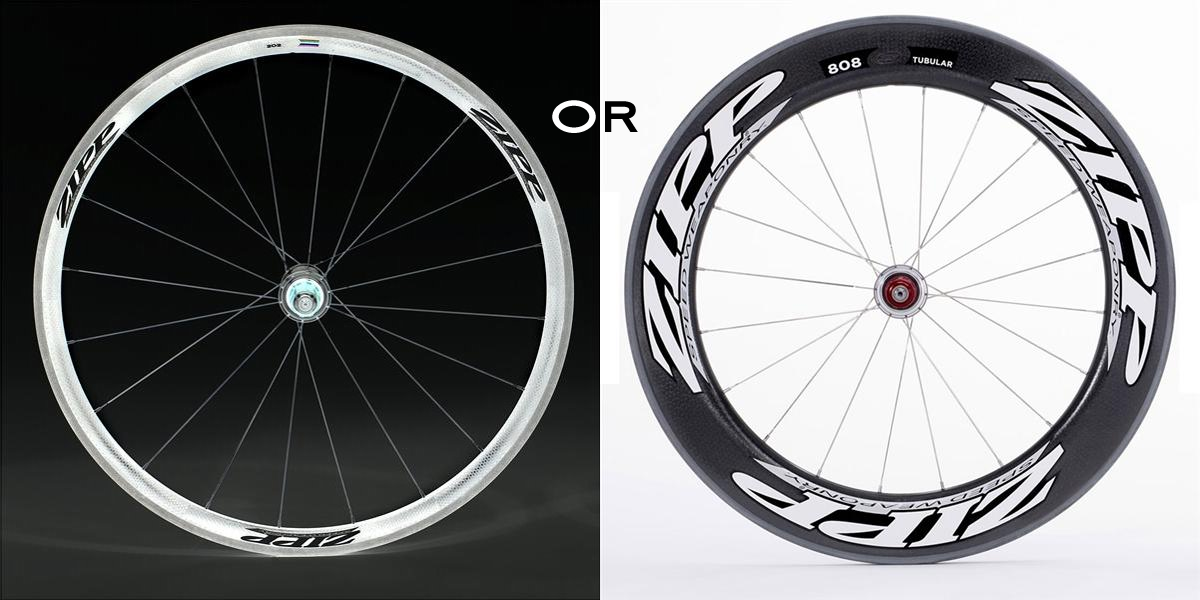
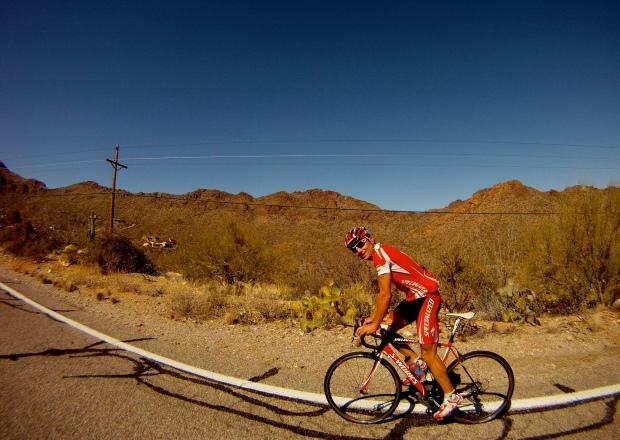

Start the discussion at slowtwitch.northend.network